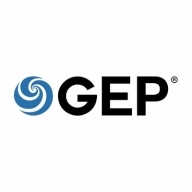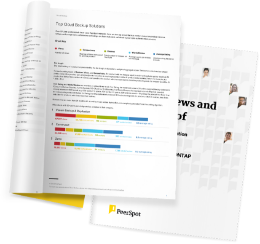SMART has been helpful for sourcing and public bids. For regulatory purposes, our university posts bids, depending on the scope of the bid. We get a lot of value out of SMART's ability to post to a public site and have suppliers see that information, register in the tool, and participate. SMART features for collecting information and its timeline capabilities are highly useful. Then on the contract side, the reporting capabilities are the most valuable. Our use case focuses primarily on post-execution and lifecycle management, so it's essential to be able to report accurately especially compliance-related reports. SMART is easy to use, especially when reporting. It isn't designed for a hardcore analyst. You don't need to have a background in analytics to run reports, which is huge. I realized I hadn't touched too much on the spending side, but we use SMART for all spending analytics, and any commodity manager procurement professional can go in and run a spending report. That was a business decision to restrict who can run reports since that data can be exported and used. But the reporting capabilities are incredibly easy to use.




